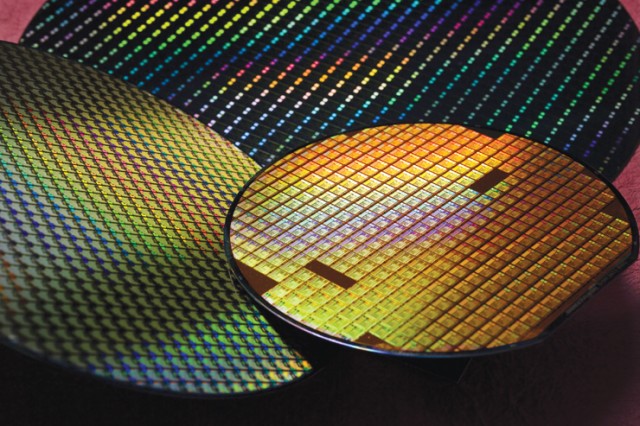
The United States is threatening to use export controls to sanction Russia if it invades Ukraine. The Biden Administration would presumably use some of the same tools the Trump Administration previously deployed against Huawei.
The Ultimate Banhammer
The United States maintains a list of individuals, corporations, governments, and non-governmental organizations (NGOs) that are subject to export restrictions. The government can tailor these “Entity List” restrictions to apply narrowly or broadly. The US government’s restrictions against Huawei prevent that company from doing business with US firms and from purchasing the latest semiconductor technology. Huawei’s revenue fell 31 percent in 2021 as a result.
One of the rules used against Huawei was the Foreign Direct Product Rule. In August 2020, the Department of Commerce issued a rule preventing Huawei from buying restricted technology directly. Huawei was also forbidden to buy any foreign item “produced by a plant or major component of a plant that is, itself, the direct product of U.S.-origin software or technology.” The updated rule expanded the nature of the Huawei ban and made technology purchases more difficult.

The impact of US sanctions and Entity List restrictions is visible throughout 2021. Image by Bloomberg.
The US could use the Entity List and the Foreign Direct Product Rule to sanction Russia similarly, if it invades Ukraine. A move of this magnitude, however, would be unprecedented. There was a time when the US restricted computer sales to certain nations, but those rules applied to US-based companies. Today, a rule like this from the US could theoretically target most of Russia’s electronics purchases. Everything from personal electronics and mobile devices to desktop and laptop PCs could be affected.
Weaponizing Semiconductors
Semiconductors have been called the new oil, and the potential impact of sanctions like this shows why. While US companies no longer manufacture most of the world’s silicon, US companies control a large share of the market for chip-making equipment. European companies like ASML would likely follow the United States’ lead. ASML’s EUV systems rely on US-manufactured components, which makes them subject to export control.
The US can’t cut Russia off from the semiconductor market altogether, but it could limit the nation’s ability to access chips built on the latest nodes. The rollout of 5G and cutting-edge CPU and GPU technology relies on 5nm and 7nm manufacturing technology. Without access to cutting-edge tech, Russian companies could be left reliant on chips built on 14nm and above.
The impact of such bans would depend on how aggressively the US pursued them. Not many US companies export directly to Russia, but the US could conceivably go after companies like TSMC, which builds Russia’s natively-designed Elbrus CPUs. Targeted restrictions on this type of technology transfer could be painful despite relatively limited volumes. TSMC has released a statement noting it “complies with all applicable laws and regulations.” That’s likely code for “We don’t want to take sides in this.”
The combination of conventional sanctions and targeted export bans would likely be more effective than relying on one or the other. The European response to an invasion of Ukraine is still uncertain. Some European countries rely on Russia for natural gas exports and the Nordstream 2 pipeline — a joint project between Germany and Russia to bring more natural gas to Europe — is said to be complete, though regulatory delays will apparently keep the pipeline offline through the first half of this year.
The Long-Term Impacts
Weaponizing semiconductors in this fashion would likely harm Russian companies and business interests to some degree. Support from the European Union and a comprehensive sanction program would increase the impact. But the long-term ramifications for the semiconductor market could also be significant.
Cracking down on TSMC’s ability to sell to Huawei is one thing. Cracking down on TSMC’s ability to sell to Russia is another. These sanctions would encourage other countries to build their own semiconductor supply chains to avoid such risks in the future. It would, however, take years for Russia to build a foundry business for itself that could compete with the likes of Intel or TSMC.
Current homegrown Russian CPUs like the Baikal-M are 8-core Cortex-A57 CPUs built on 28nm at TSMC. There is limited information on exactly which process nodes are available in Russia. 90nm and 65nm facilities exist and 45nm was planned, but it isn’t clear if the latter was ever built.
Recent talks between the US and Russia on the topic of Ukraine have not been particularly fruitful. Talking about sanction possibilities publicly is one way for the US to signal to Russia what the consequences of an invasion might be before tanks start rolling.
Now Read:
Source link



